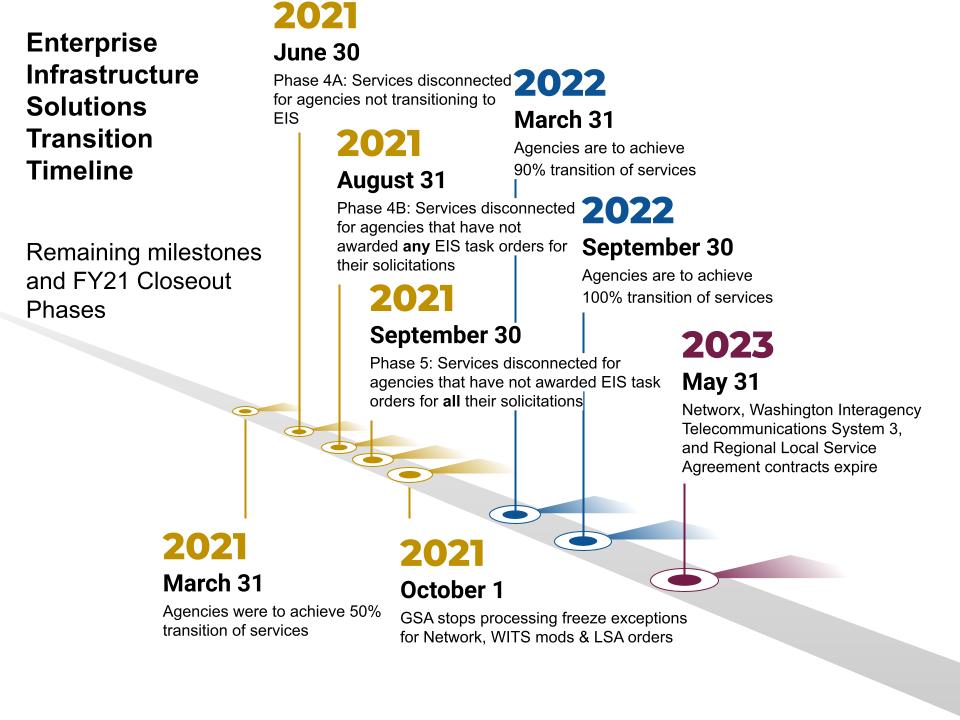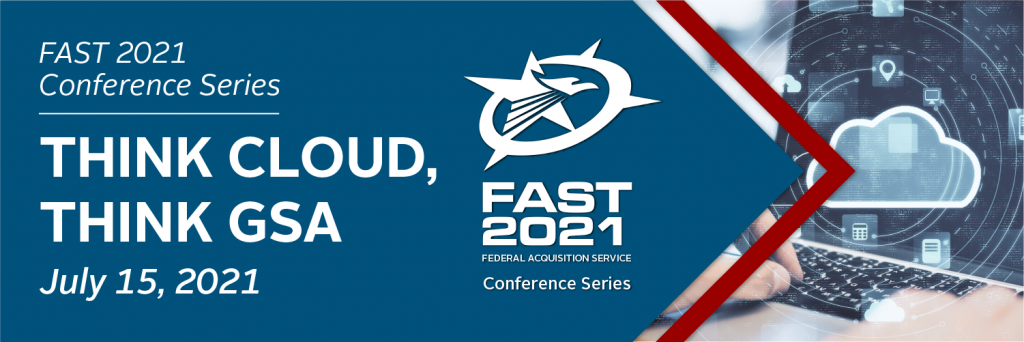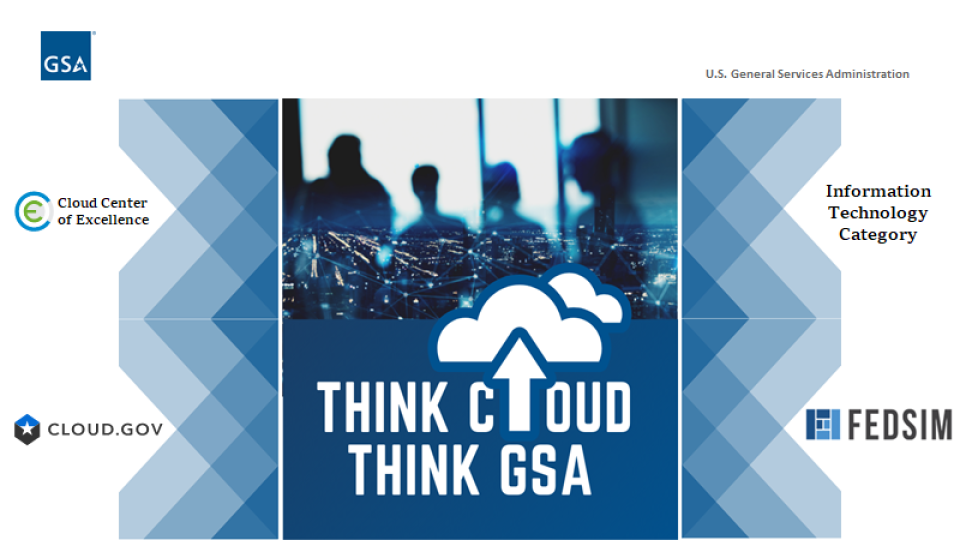Over the past few years, GSA has been steadily building a smarter, more coordinated approach to federal IT buying. We’ve made real progress—from streamlining cloud acquisition to standing up the Governmentwide Microsoft Acquisition Strategy (GMAS), which helped us negotiate stronger terms and more consistent pricing for agencies across the board.
Today, we’re taking the next step with the launch of the OneGov Strategy.
This new strategy sets a governmentwide direction for how we acquire and manage information technology—starting with commercial software. It reflects a broader shift in how we think about IT: not as a set of individual purchases, but as an interconnected system that powers everything from citizen services to national security.
Acting as one
The idea behind the OneGov Strategy is simple: the federal government should act as a single, coordinated enterprise when it comes to buying. That means:
- Reducing duplication
- Leveraging shared standards
- Driving greater value for taxpayers
It also means adapting to how technology is built and sold today. We’ve moved from buying boxed software every few years to subscribing to dynamic, cloud-delivered tools. But in many cases, our acquisition models haven’t grown to accommodate the changes in technology.
This creates friction for agencies, reduces transparency, and makes it harder to manage cost and risk.
Starting with software
We’re starting with enterprise software because that’s where the need—and opportunity—is most urgent. Software licenses have become more complex, more expensive, and more critical to agency missions. Yet the federal government still largely buys software through resellers, which limits visibility, complicates invoicing, and creates gaps in accountability.
By shifting to direct relationships with Original Equipment Manufacturers (OEMs), we can give agencies better tools, more predictable pricing, and stronger cybersecurity protections.
We’re not eliminating the value-added support that resellers and integrators provide—but we are modernizing how those roles are defined, and who holds the contract with the government.
Building on our successes
This isn’t our first step in this direction. With GMAS, we brought together agencies across government to improve how we buy Microsoft products—and created a new, scalable model for enterprise negotiations. With GMAS we improved terms and conditions, enhanced cybersecurity measures addressing critical risks in government IT systems and secured commitments to develop enhanced governmentwide support and education capabilities.
Another major step forward came through a landmark agreement with Google, which significantly lowered the cost of Google Workspace for all federal agencies. Through this partnership, GSA secured pricing that reflects the full buying power of the federal government.
These successes show what’s possible when we partner directly with industry to simplify acquisition, increase transparency, and create real savings.
The OneGov Strategy takes that same spirit of collaboration and scales it across the broader procurement landscape. Software is just the beginning. Over time, this strategy will guide how we approach hardware, platforms, infrastructure, cybersecurity, and more.
What’s next
We’ll continue working closely with our partners across government and industry to implement this strategy in a way that’s thoughtful, flexible, and effective.
If you’re an agency CIO, acquisition lead, or IT buyer, you’ll see more options that are easy to use, easy to understand, and backed by the full weight of enterprise demand.
If you’re a software OEM, you’ll have a clearer path to partner directly with the government at scale.
And if you’re a taxpayer, you’ll benefit from a government that spends smarter and operates more effectively.
The future of government IT starts here—with smarter buying, stronger partnerships, and a shared commitment to better outcomes. The OneGov Strategy sets the foundation for how we move forward: as one government, with a clear plan to modernize, secure, and streamline how we invest in technology.
Follow ITC on LinkedIn here, the ITVMO here, and subscribe for blog updates.


